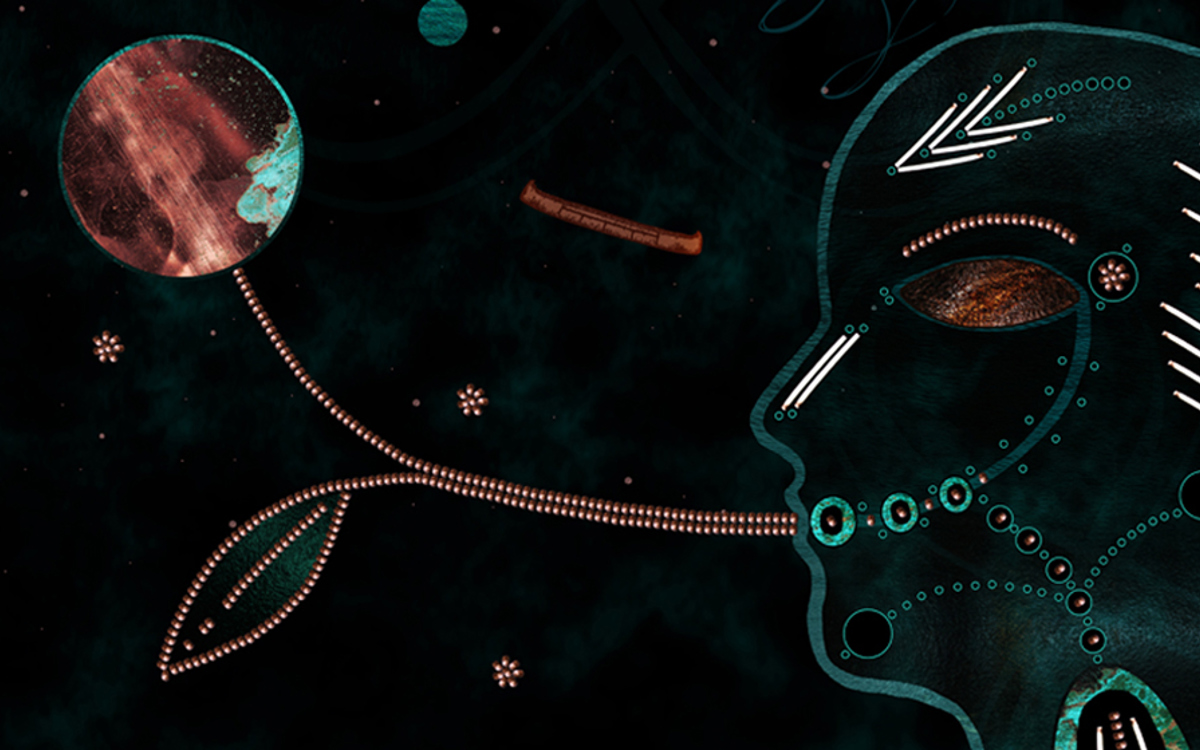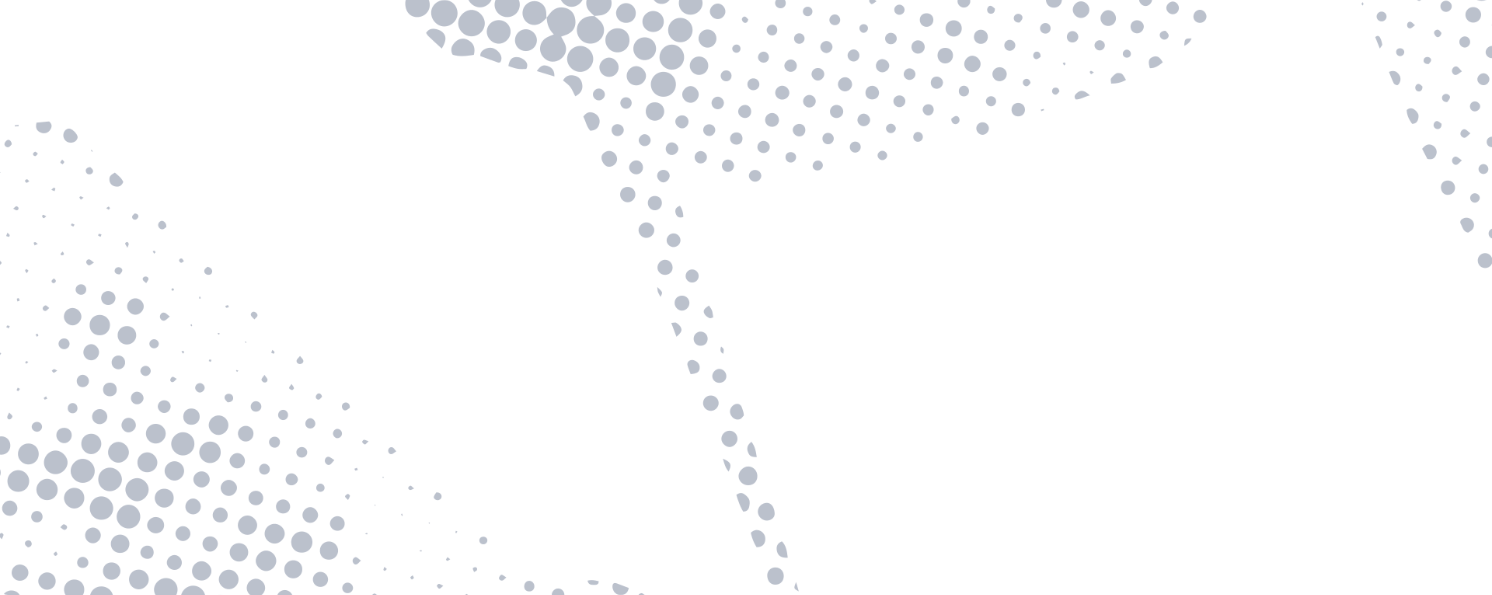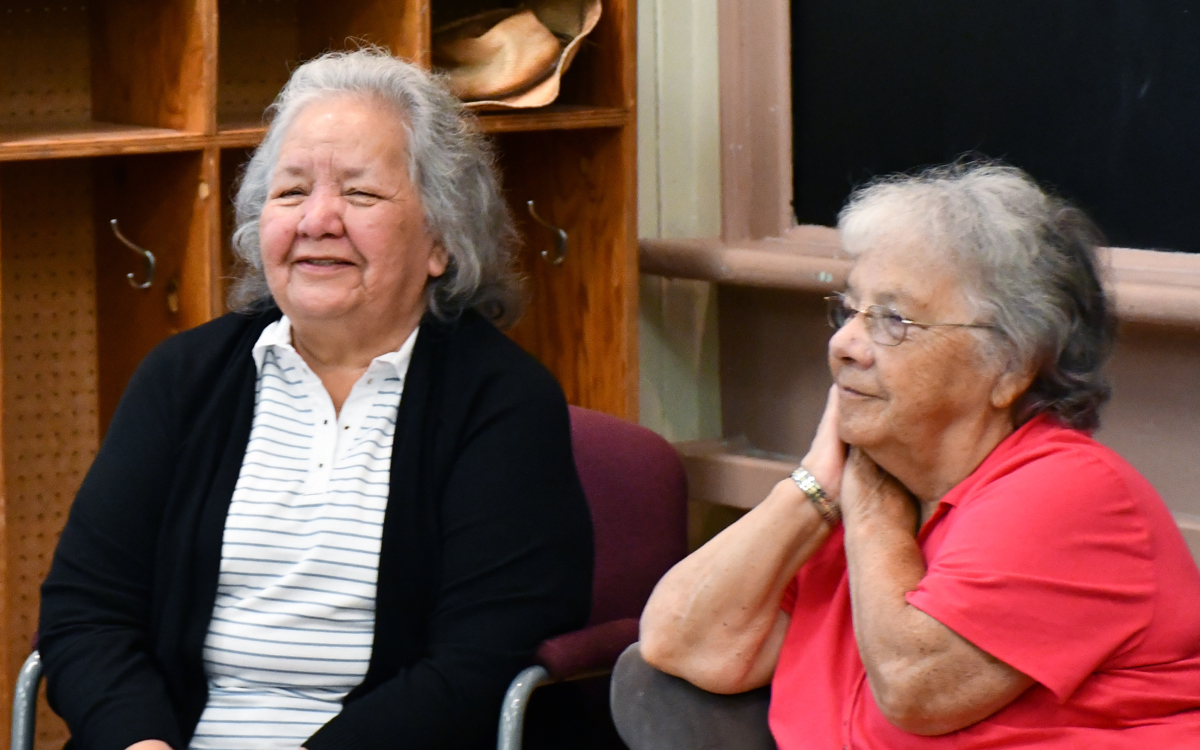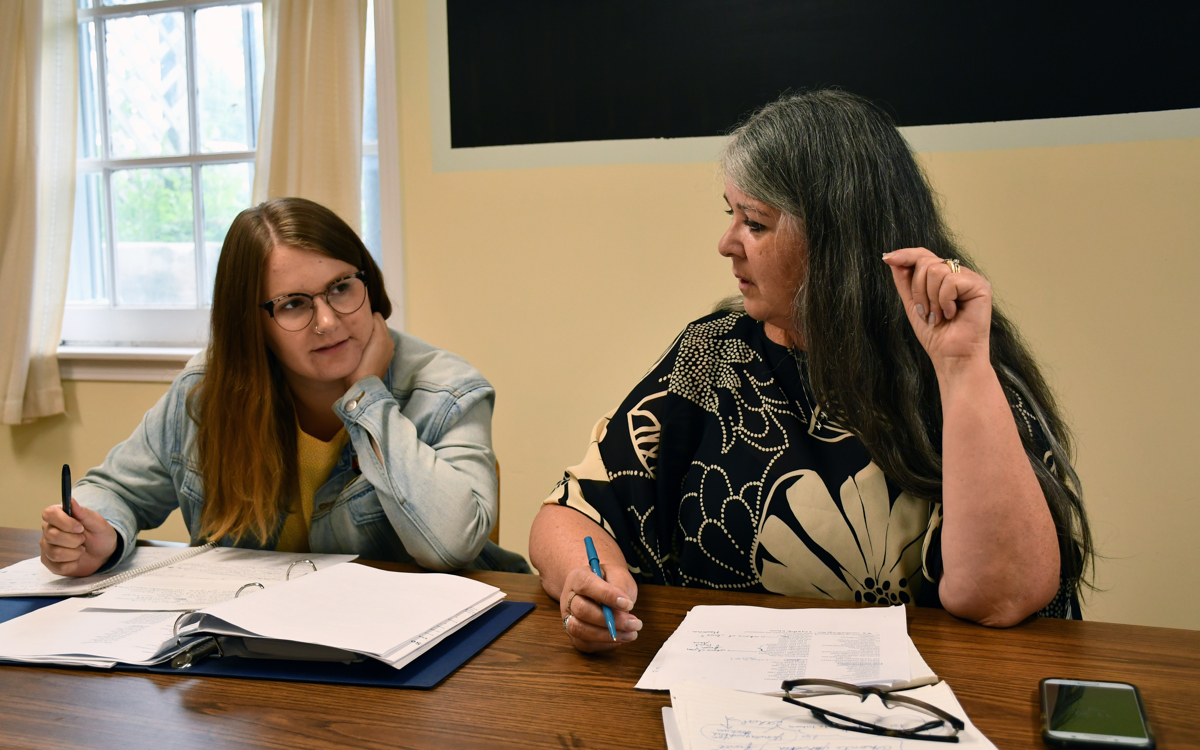The Mohawk language, and the generations of collective wisdom encoded within it, are a priceless gift from our ancestors. By Nathan Thanyehténhas Brinklow, Queen’s University, Canada

Kanyen’kéha, the Mohawk language, is a gift passed down from our ancestors. In speaking their words, we can share in generations of collective wisdom. But this priceless gift is one we almost lost.
By Nathan Thanyehténhas Brinklow, Queen’s University, Canada
In Canada, the genesis of language endangerment is often found in the dark and dangerous hallways of the Indian Residential Schools. For more than a century, these institutions were run by Christian churches with the support of the Canadian government. In many communities, indigenous children were taken from their families and sent to these schools miles away to be ‘educated’.
When the children arrived at the schools, they were subjected to a structure designed to systematically strip them of their identities as indigenous people, to ‘kill the Indian, save the child’. Indigenous languages were an obvious target in this campaign and there are countless documented reports of children being beaten for speaking anything other than English or French. The recent Truth and Reconciliation Commission of Canada determined the entire system to be an act of cultural genocide.
We call ourselves the Kanyen’kehá:ka, the People of the Flint. The rest of the world calls us ‘Mohawk’. For us, our language is a gift passed down from our ancestors. In speaking their words, we can share in generations of collective wisdom encoded in the language. This priceless gift is one we almost lost as we succumbed to outside pressure and shifted our language to English.

On the Tyendinaga Mohawk Territory, intergenerational language transmission stopped almost a century ago. Our children tended to be educated inside the community at Indian Day Schools. These were run by the government, and in many cases employed the same methods as their residential counterparts, the primary difference being that the children went home at night. Sleeping at home insulated some children from the more egregious abuses perpetrated in the residential system, but the ultimate goal of the schools was the same – assimilation through the denigration of all things indigenous.
In my family, my great-grandparents were the last generation to speak Kanyen’kéha. My great-grandmother had been voluntarily sent to a residential school known as ‘The Mush Hole’ after her mother died. Unlike many, she came home still speaking her language. In fact, I’ve been told that she was the one who pushed my great-grandfather to start speaking it again when they married in 1924. Despite this predilection on her part, they made the decision to raise their children entirely in English.
In many ways, I believe it is legitimate to ask if they really had the opportunity to make any other choice. The promise of a better education, better jobs outside the community, and a better life for their children were all pulling in one direction and the same decision was being made in homes across the community. The pressure to assimilate was insidious and easily found its way inside the home. I do not believe that any single family foresaw the collective impact of their individual choices; however, the resulting decimation of our language became inevitable once the children stopped speaking.
Within the lifetime of a single generation, the language that had helped form us as a people would virtually disappear from the home. The decision in favour of English came to its natural conclusion when the last first-language speakers raised in our community died more than ten years ago.
This situation is fairly typical for indigenous languages in Canada. The dates may shift one way or the other and the immediate causes may be different, but the result is the same. Indeed, there are similar stories across the Commonwealth where English has displaced indigenous languages. This history is part of our shared heritage.
The most optimistic estimates put the total number of Kanyen’kéha speakers in the thousands, but these figures must be treated with skepticism. Informal estimates from within the community of speakers itself suggest there are closer to 800. These 800 speakers are overwhelmingly elderly and are spread across six communities in Ontario, Quebec, and New York.
Whatever the actual number, we are holding what has been described as a demographic timebomb waiting to explode. Within the next 25 years, we will lose almost all of our first-language speakers.
There was an old tradition of gathering to sing the night before a funeral and I often joined my grandmother on these occasions. Singing alongside my grandmother is where I fell in love with the language that neither of us could understand.

As our elder speakers began dying in the 1970s, a few perceptive individuals began to see the situation for what it really was – desperate. They understood that without immediate action, our community would completely lose its language and the wealth of cultural knowledge it contained. This coincided with a period of indigenous cultural reawakening, and serious efforts at language revitalisation began across all our Kanyen’kehá:ka communities.
Initial efforts at revitalisation were directed at children, as parents petitioned for a language component to be added to school curricula. Independent immersion schools were started that sought to infuse language use and cultural practices into every part of the day. Community language classes also became common outside of school. While these programmes increased awareness of the language and cultural fluency, they weren’t known for creating speakers.
In response to the limited success of school programmes and the ongoing need for teachers, full-time adult immersion programmes were developed. These have been very successful and our communities have found them to be the most efficient and effective means for creating second-language speakers. Indeed, graduates of these programmes have begun raising families in Kanyen’kéha, thereby creating the first new first-language speakers in generations.

I have been fascinated by our language since I was a child, even though I rarely heard it spoken. In my case, Kanyen’kéha was the language of church hymns; I heard it in the voices of those gathered for celebration or mourning. There was an old tradition of gathering to sing the night before a funeral and I often joined my grandmother on these occasions. Singing alongside my grandmother is where I fell in love with the language that neither of us could understand.
In 2010, my community gave me the opportunity to spend two years in intensive language study as part of the Shatiwennakará:tats Adult Language Programme at Tyendinaga. The community provided funding, including a modest stipend to enable my full-time participation.
Learning to speak Kanyen’kéha was an experience of finding something I didn’t know was missing. In many ways, two years of full-time study only taught me how much I didn’t know. Despite this frustration, or perhaps because of it, I decided to teach in the programme following graduation. The lack of speakers in our community often means there are few opportunities to use the language on a daily basis outside the classroom. After four years, I moved to my current position as a language instructor at Queen’s University in Kingston, Ontario.
Queen’s University sits within the traditional territory of a number of indigenous nations, including the Kanyen’kehá:ka. Its inventory of language classes currently includes courses in three indigenous languages: Kanyen’kéha, Inuktitut, and Anishinaabemowin. These have been added to the catalogue as part of an ongoing journey of reconciliation in Canada.
The students on these courses are largely non-indigenous. In speaking with them, I have consistently found that they are looking for authentic experiences that can connect them with the peoples upon whose land Canada is founded. For most, their time in class is the first time they’ve heard an indigenous language being spoken and they come out of our courses as language advocates.

The courses offered at Queen’s have recently grown into a four-unit certificate programme in Mohawk Language and Culture that is being offered in the community. This programme is delivered in partnership with the local language and cultural centre and is designed for indigenous students who want to reclaim their language.
It should come as no surprise that Kanyen’kéha has found its way onto the university campus, as the language has been the subject of academic study for many scholars. Unfortunately, our communities were not always true partners in these explorations, as the language was removed from its context and examined as an academic curiosity. There has been positive change in recent times and the current thrust of language work among my colleagues is towards supporting communities in the development of high quality and accessible resources for language preservation and revitalisation.
There are many challenges ahead for the Kanyen’kehá:ka. We must urgently continue the work of language documentation while we still have first-language speakers. We must continue to develop and refine our language programmes at all ages using the best pedagogical practices. We must continue to support each other in the development of tools, resources, and texts that can supplement teaching for all age groups. And we must continue to be advocates for our language, speaking to governments at all levels about its value to ensure their support. These challenges are far from being exclusive to Kanyen’kéha. They are shared by language communities around the world who are working to undo the disastrous effects of language loss.
With their wealth of professional and technical expertise, universities across the Commonwealth are uniquely positioned to support language communities in all areas of their work. But with the survival of our languages at stake, this work must be undertaken as more than just an academic study – it must be completed with and for the benefit of the community. As the saying goes, ‘nothing about us, without us.’
I often think about my great-grandparents and the consequences of the choices they made almost a century ago. Although I mourn the outcome of their decision, I do not assign blame. Their generation made the best choice possible given the information they had at the time. We now know that information to be faulty – a component of a well-planned and well-executed programme of assimilation.
The damage done to our languages is now being undone by countless individuals across the country. In every part of Canada, there are people working to restore and revitalise our beautiful languages. I am indebted to many of these people who continue to work tirelessly, creating opportunities for us to reclaim our languages. I am overjoyed that my grandmother can hear me speak the language that she was never given, and I believe that her parents would be proud of the work we’ve done in trying to restore their language to a place of honour and respect.
Nathan Thanyehténhas Brinklow is a lecturer in Kanyen’kéha (Mohawk language) at Queen’s University, Canada. He is Turtle Clan from the Tyendinaga Mohawk Territory in Ontario.
The term ‘Indian’ refers to the Indigenous Peoples who occupied Canada prior to European contact. In this article, the term is used in the context of historic institutions and policies. It is not generally acceptable to use the term outside of specific historical and legal contexts.
'Returning to Ourselves' , the image used at the top of this article, is by Elizabeth LaPensée, a writer and artist who creates and studies Indigenous-led media. Elizabeth is Anishinaabe, Métis, and Irish.
